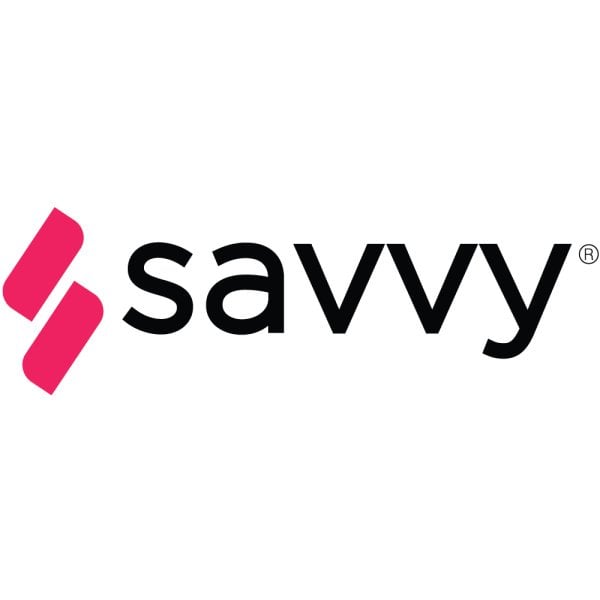

You can use a personal loan for just about anything these days. Whether you’re planning your dream wedding (and sparing no expense), looking to consolidate debts, renovating or furnishing a home, or want to fly to the moon, a personal loan can help you sort out your finances faster.
Sure, some expenses are best covered by the ole trusty and possibly worn plastic, but if you’re looking to do some bigger spending, a personal loan can be an appealing choice - especially when it comes to lower interest rates. Cha Ching!
When you find a customer-centred lender, they’ll be able to walk you through the application process with ease, answer all your questions, and help you navigate the murky waters to find the best loan for your circumstances.
Mamamia spoke to Bill Tsouvalas, Founder and Chief Executive Officer at financial services company Savvy, who shared with us everything you need to know before applying for a personal loan.
1. Negotiating a lower interest rate
When it comes to obtaining a personal loan, you obviously want the best interest rate possible. Tsouvalas says the best leverage for negotiating your interest rate is having your finances in order.
“One of the main drivers of what interest rate you’re going to end up with is your credit score,” he says. “You don’t want to have too many of your credit cards maxed out, and with any other existing debt it’s a good idea to have your repayment history spot on with no missed payments.”
“It’s not just about negotiating with one financier. Compare options and have a look at a range of different financiers to compare the market. You can use a comparison service like Savvy to get quotations from at least three providers to determine and find out which lender is going to give you the best rate.”
2. A personal loan can help you manage existing debt
When it comes to why people apply for a personal loan, Tsouvalas says that debt consolidation is one of the top reasons.